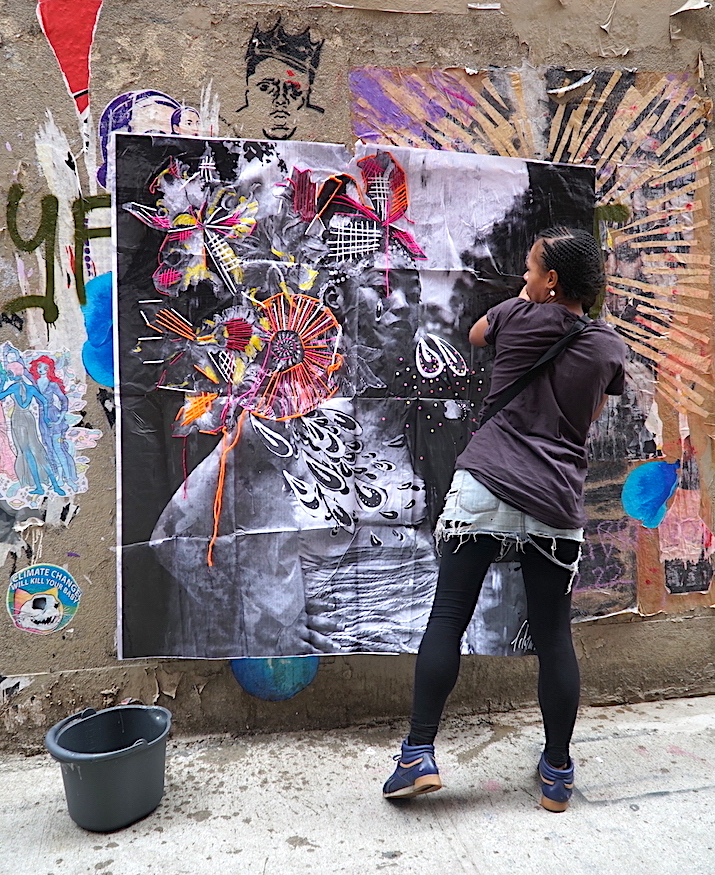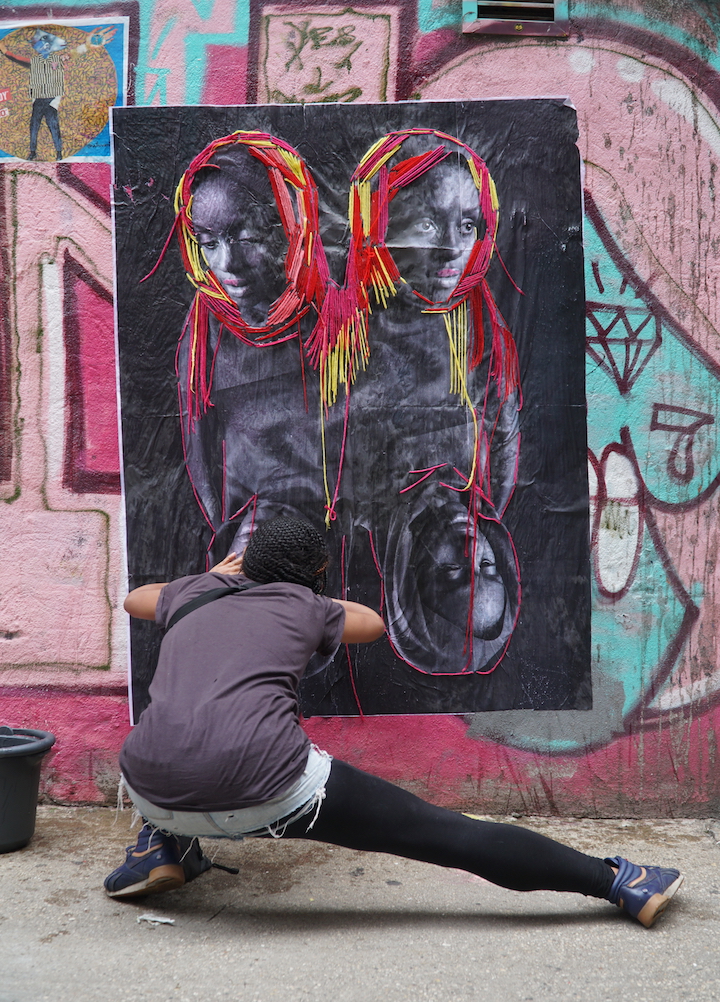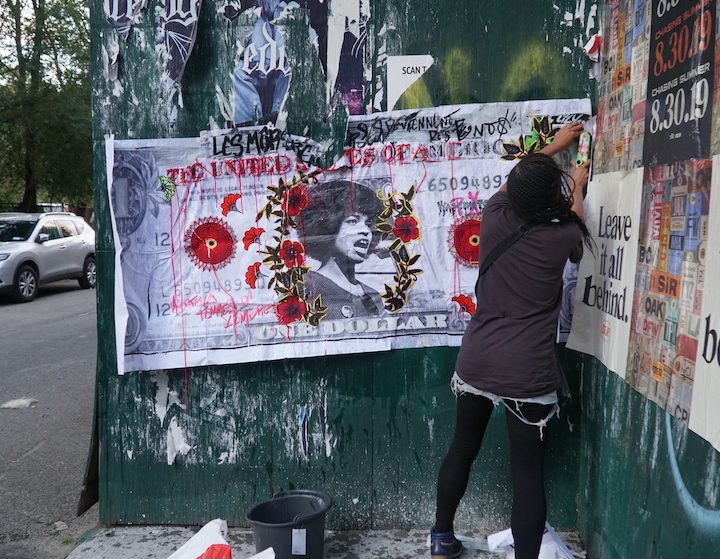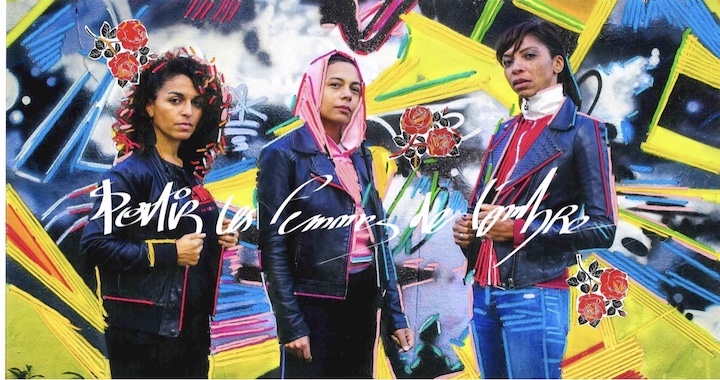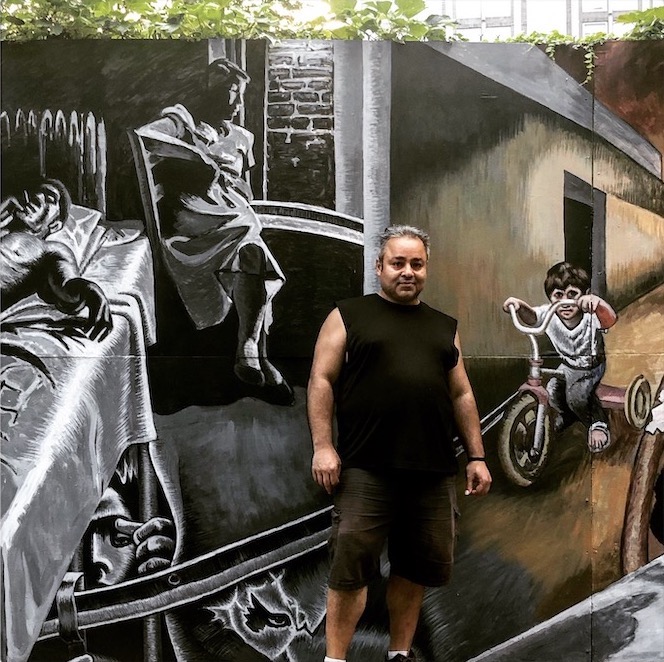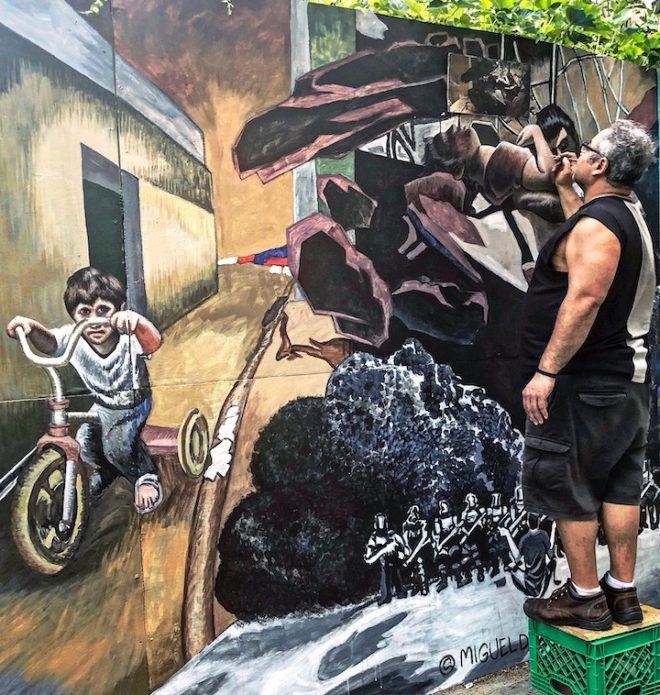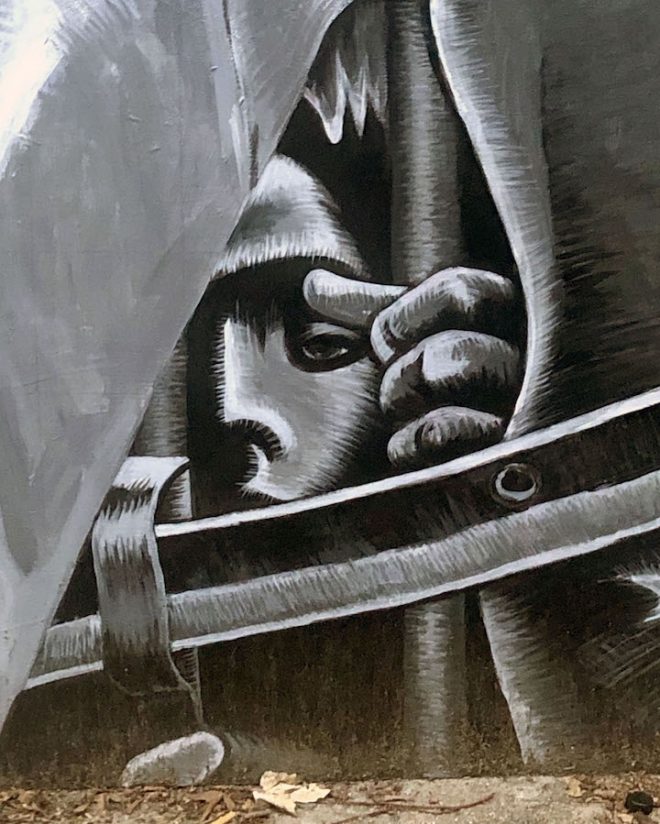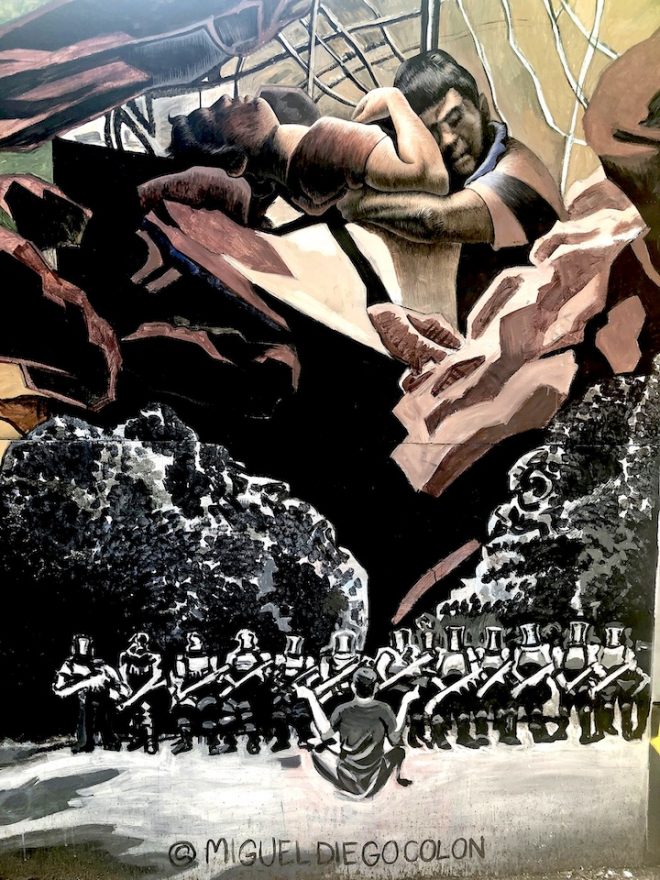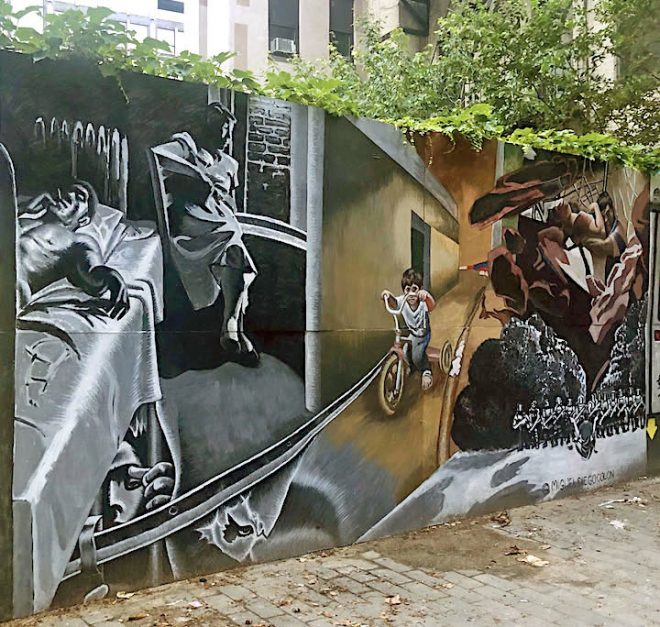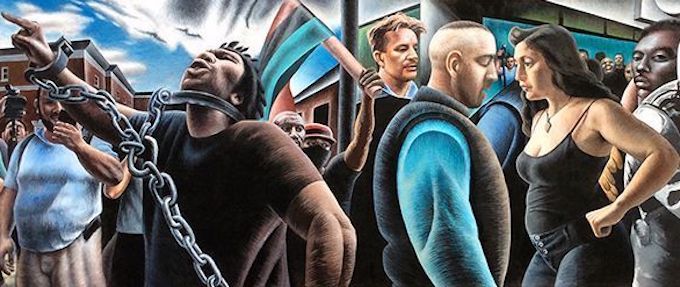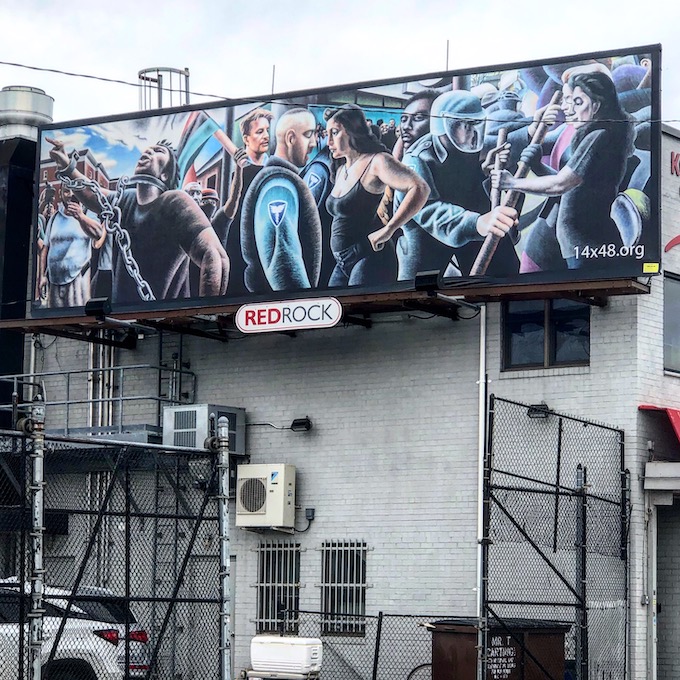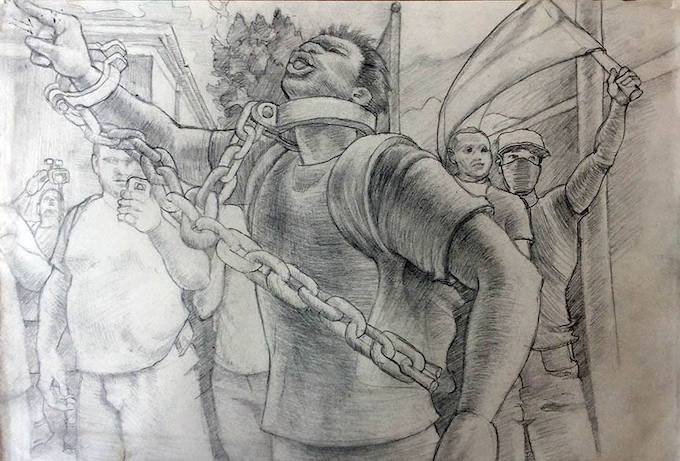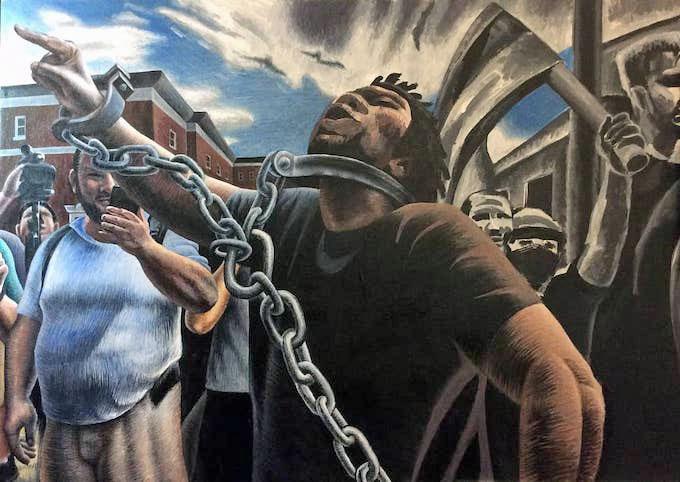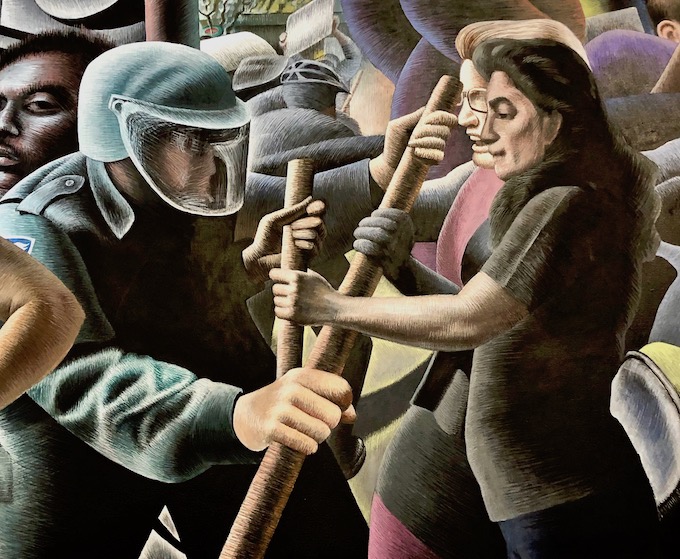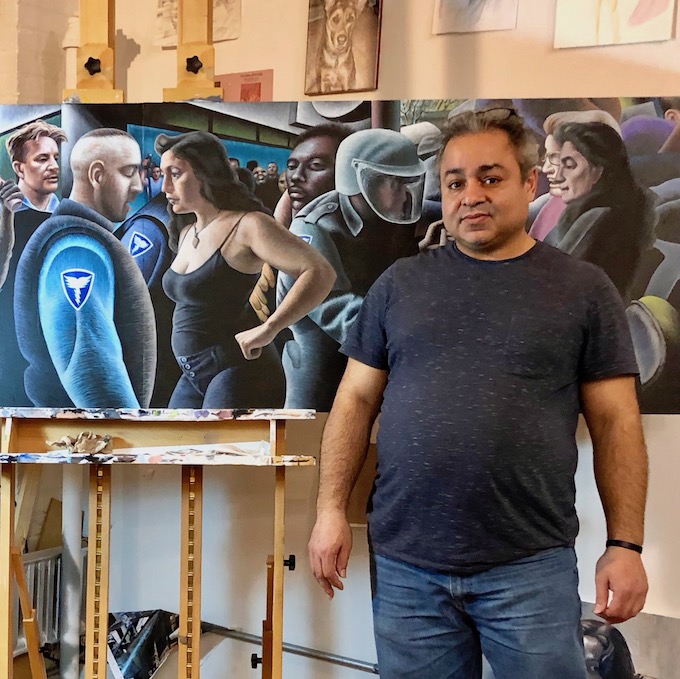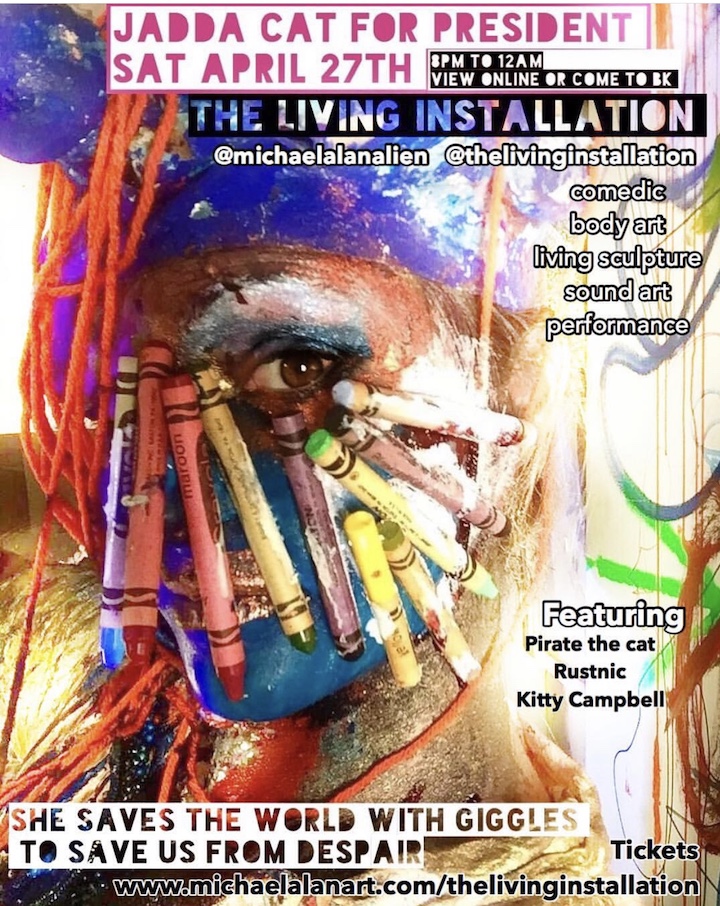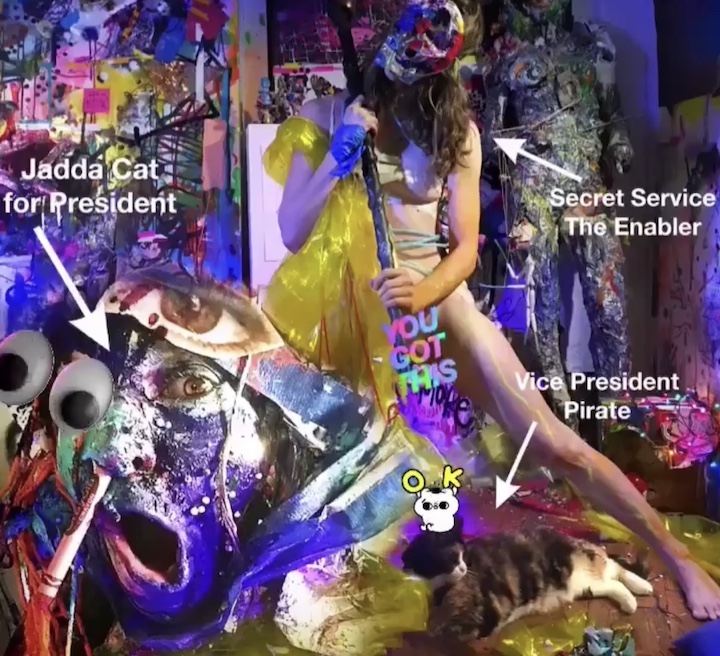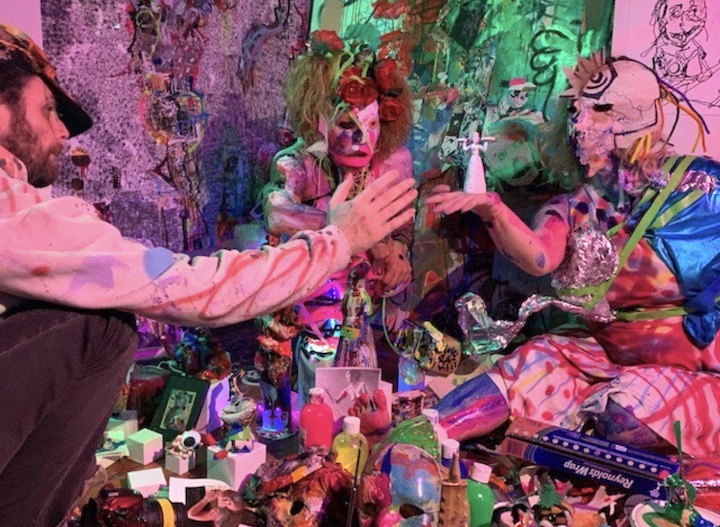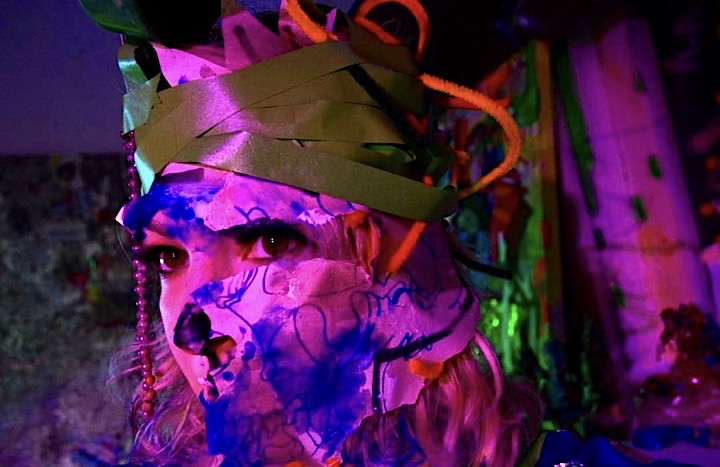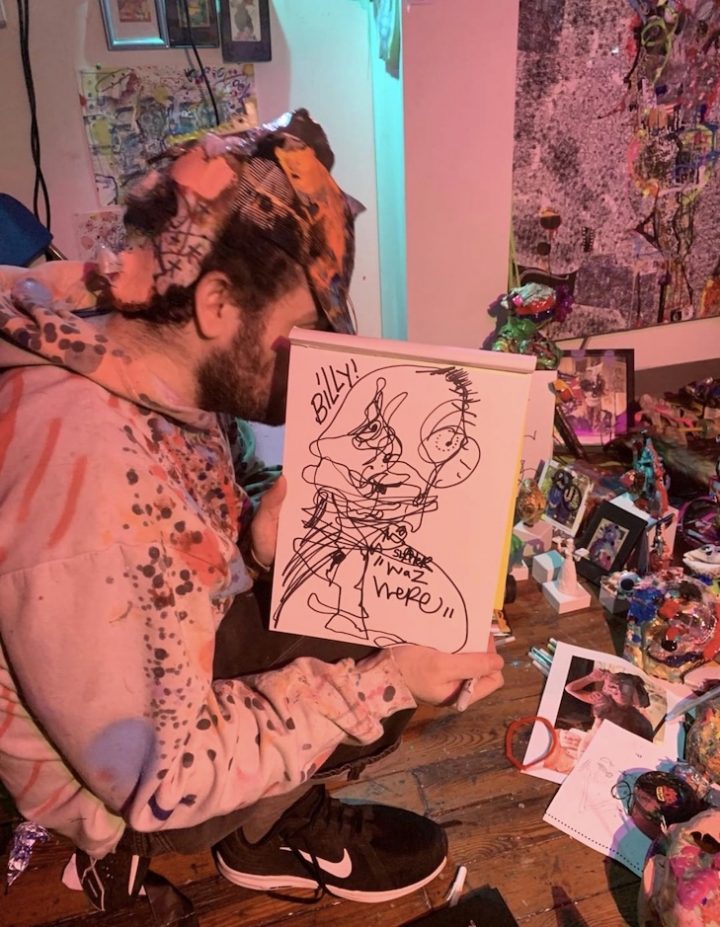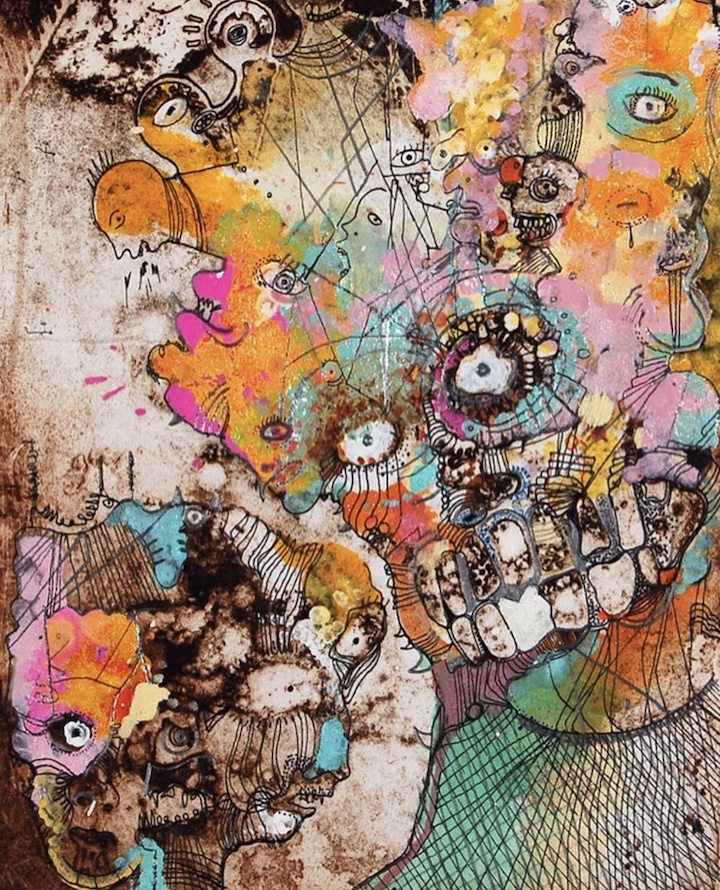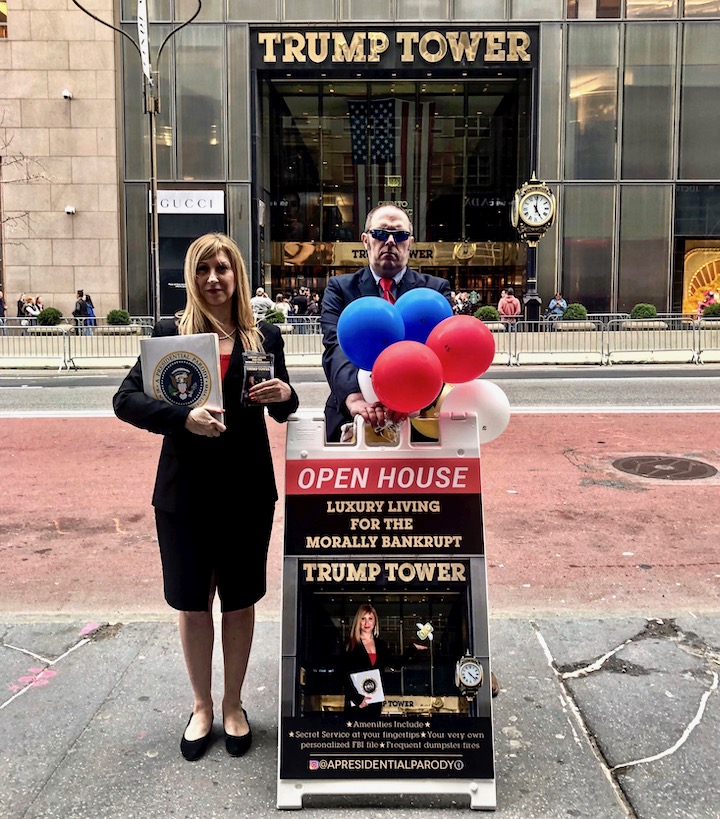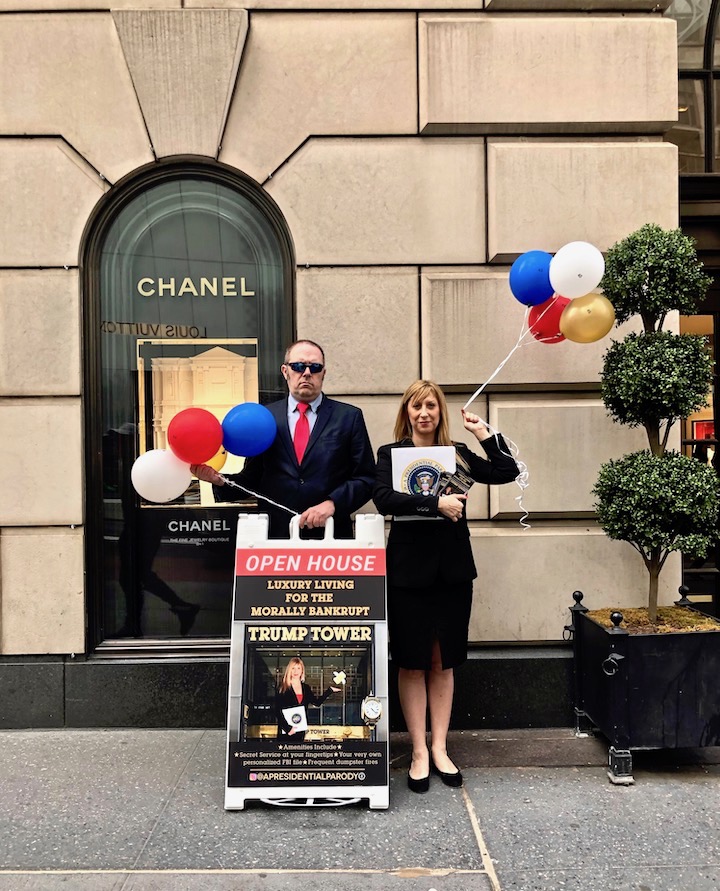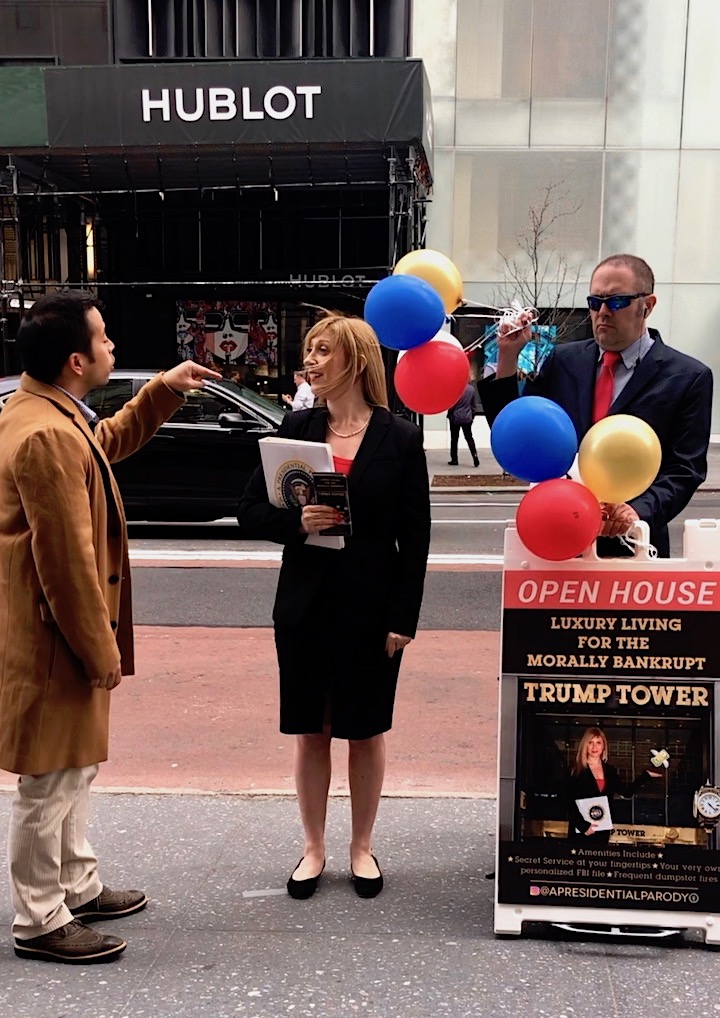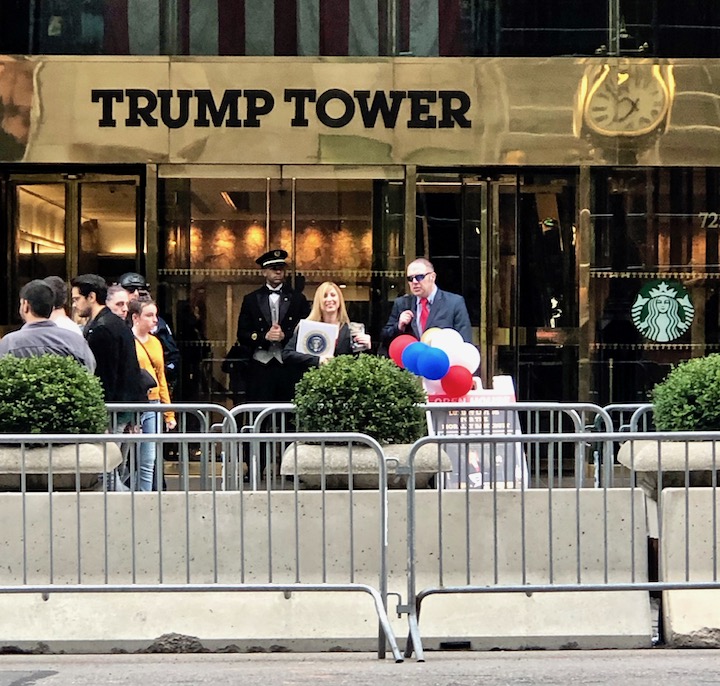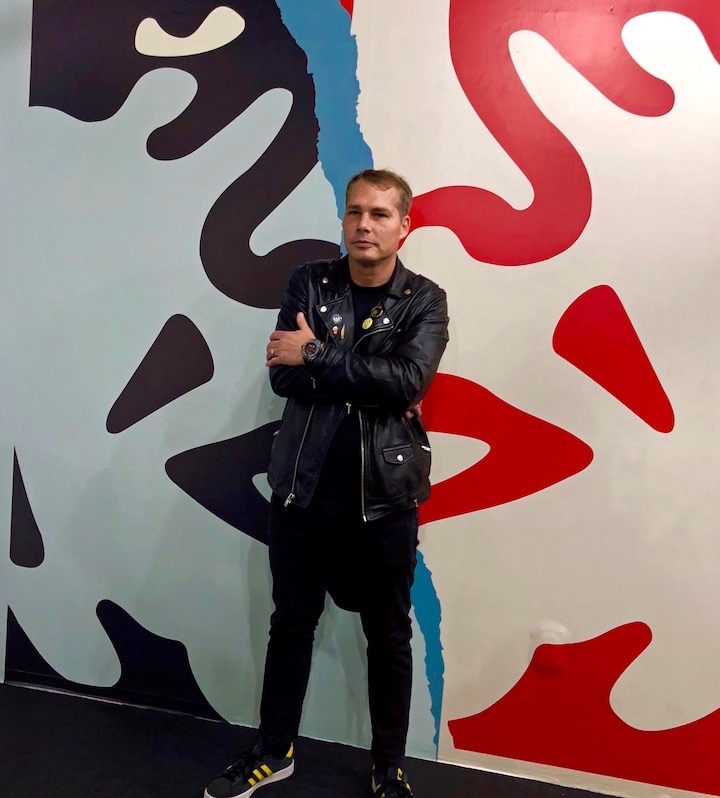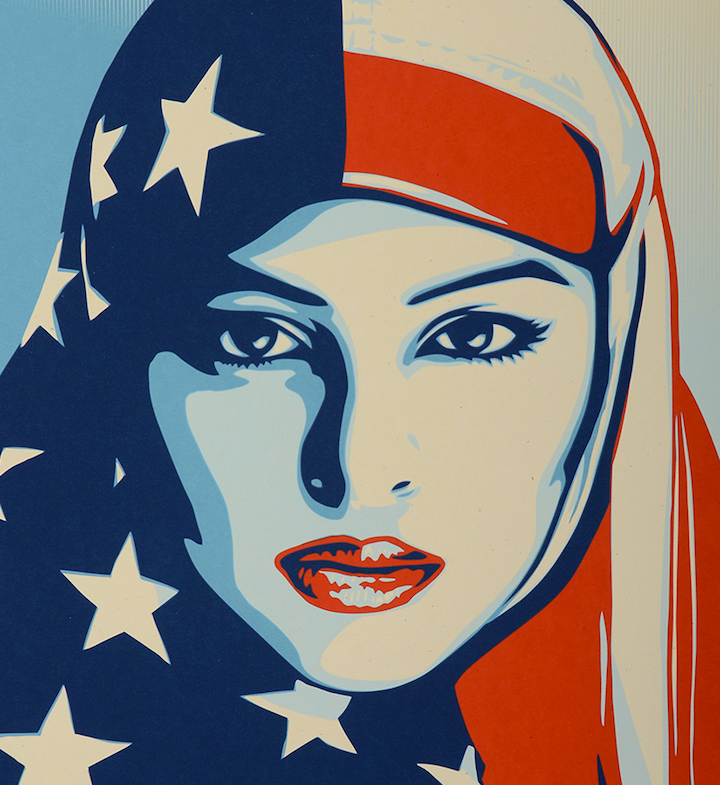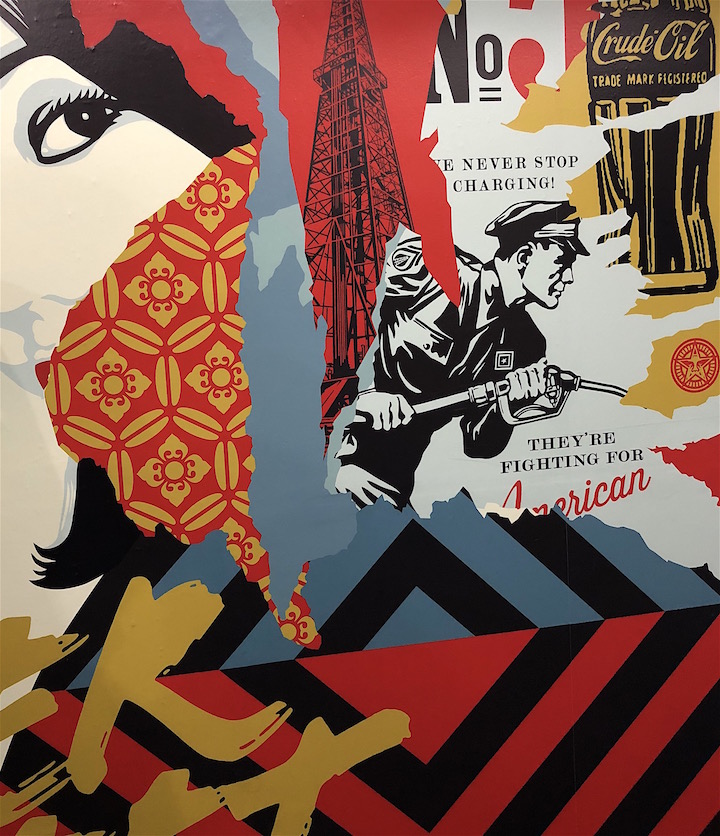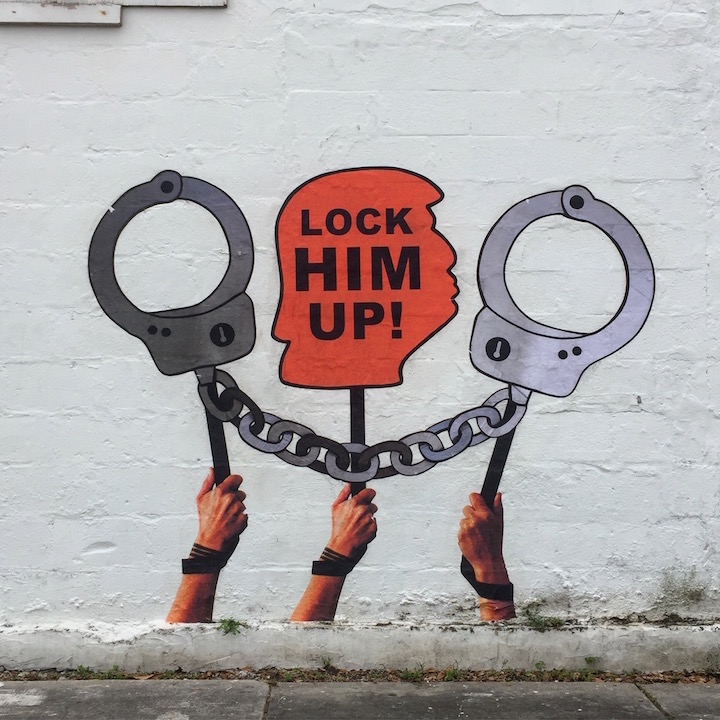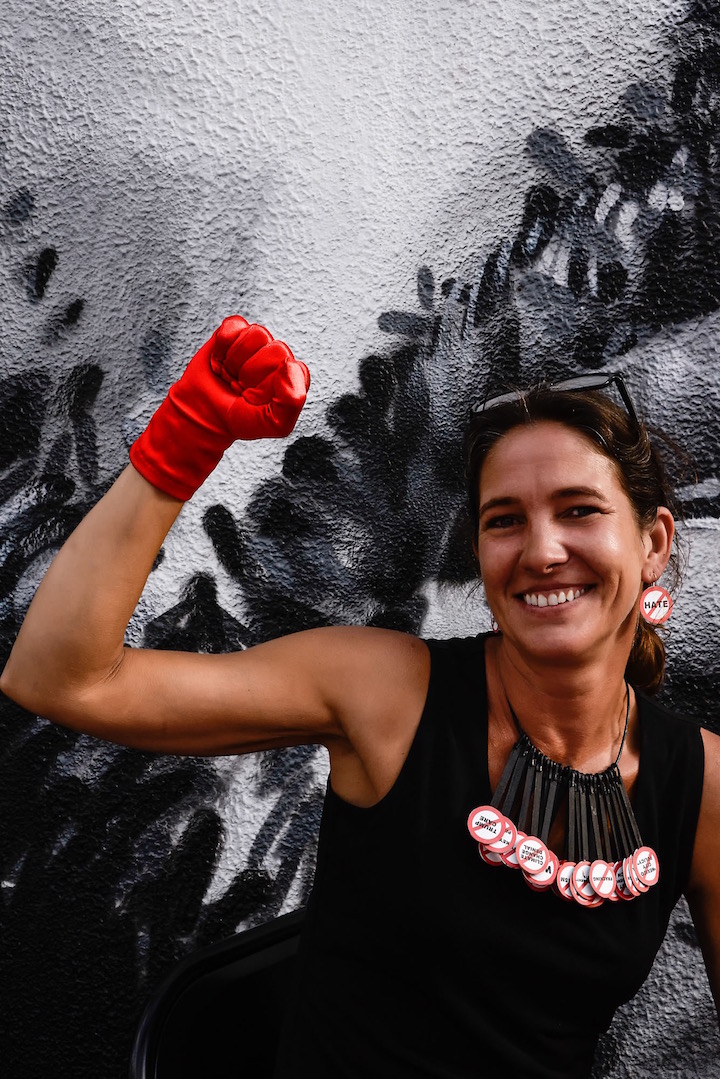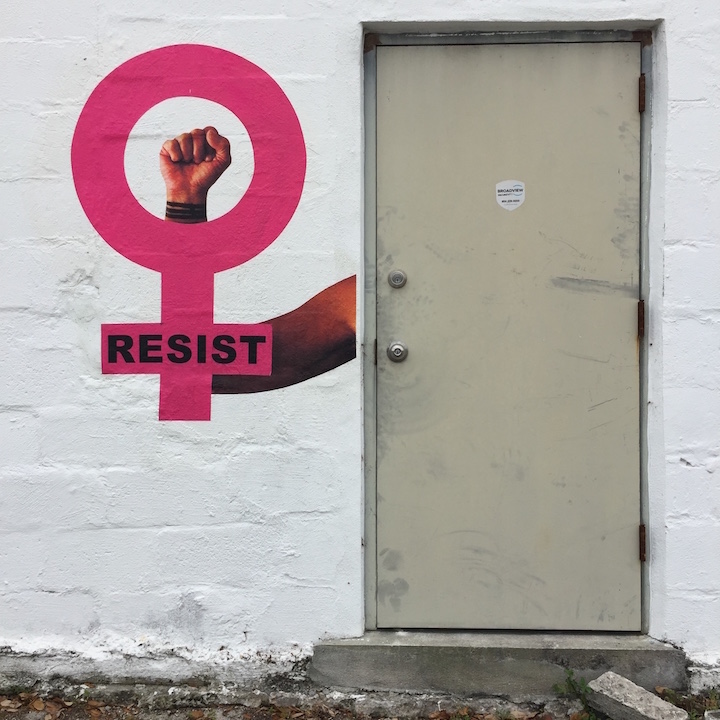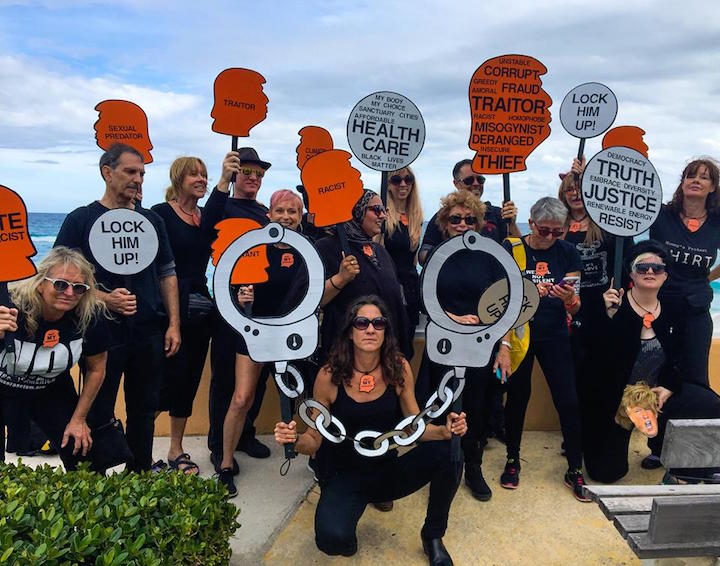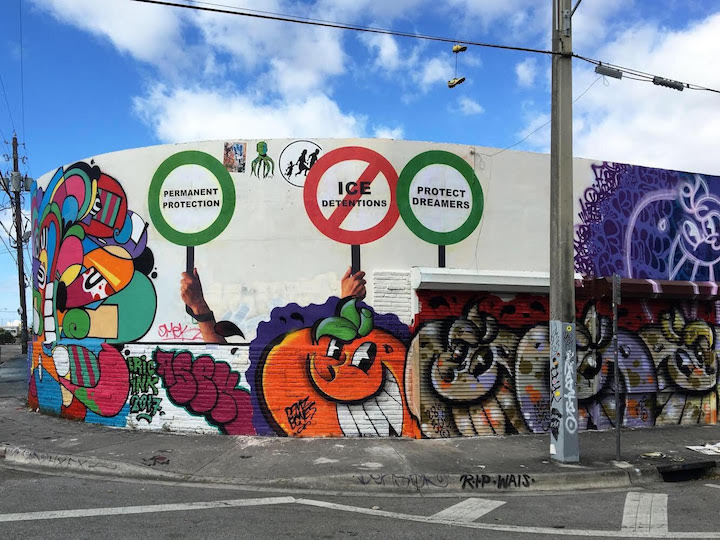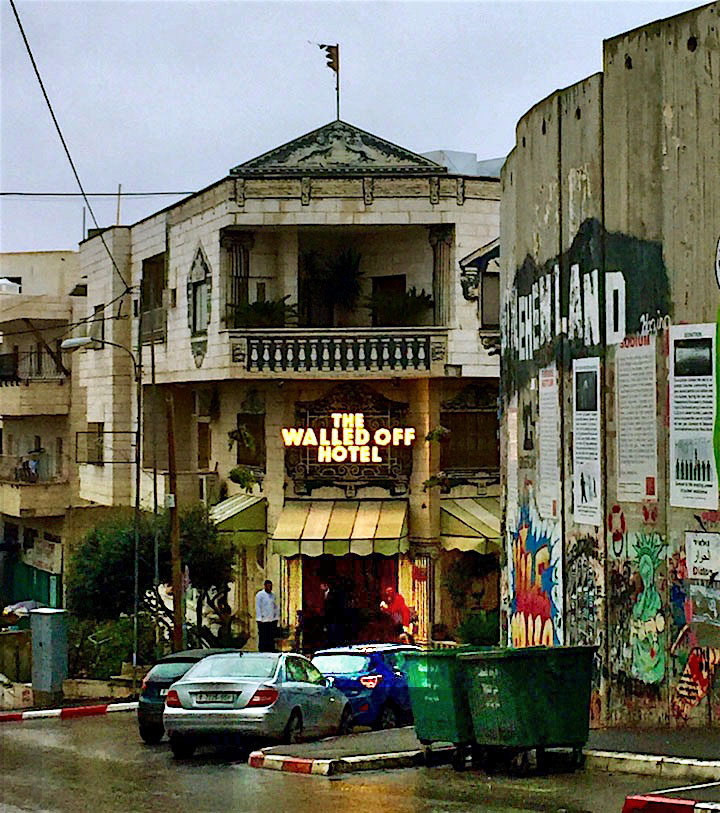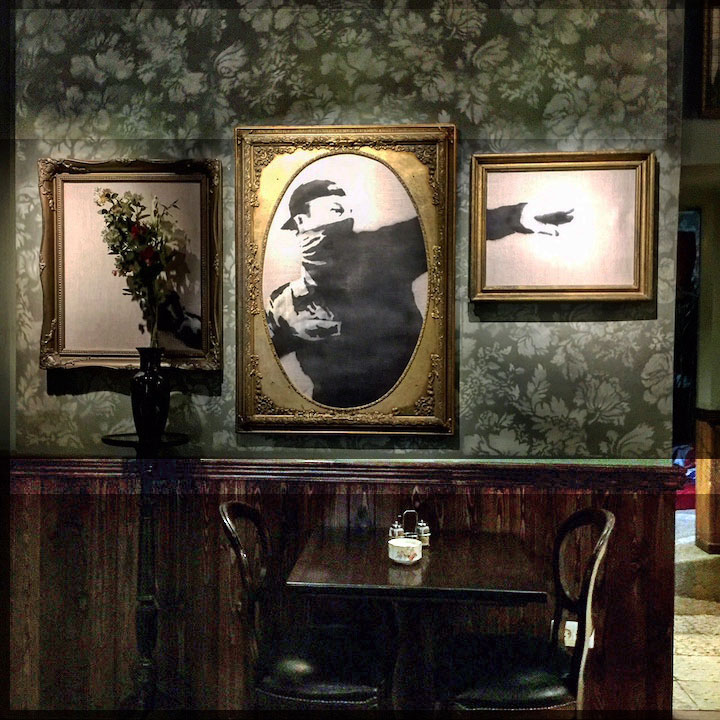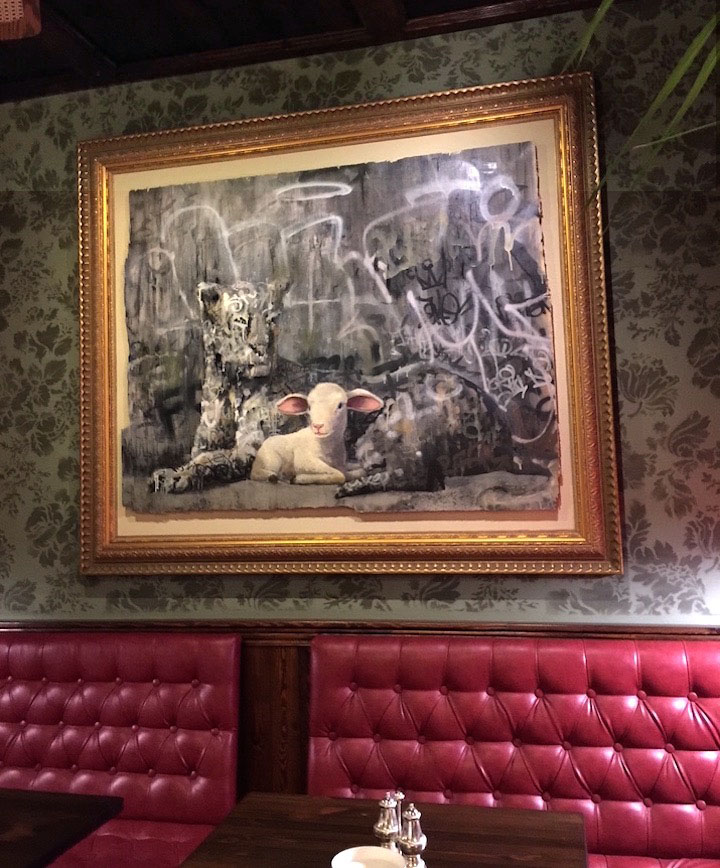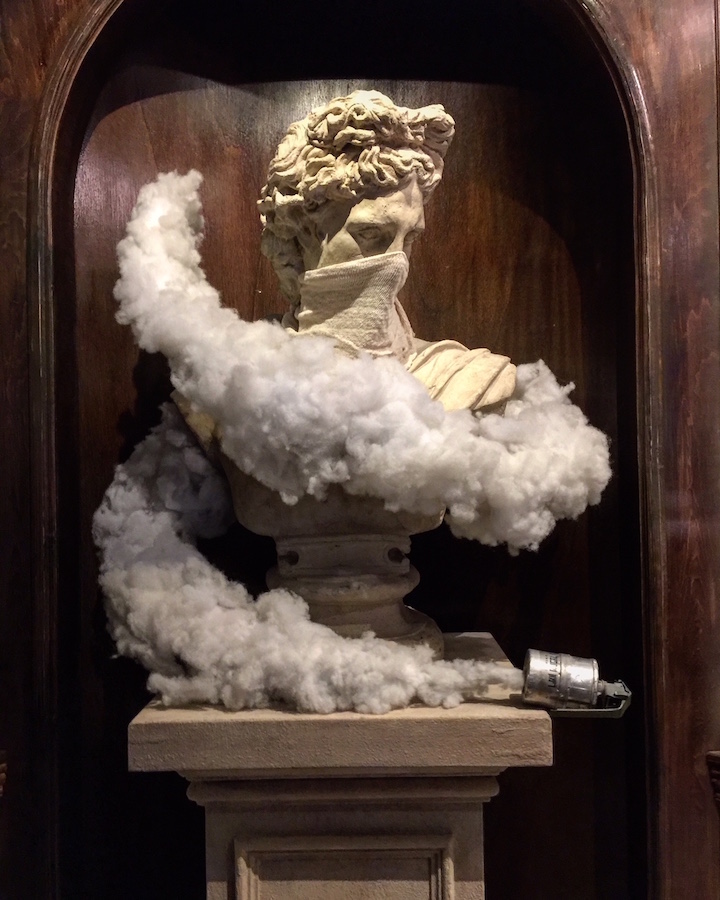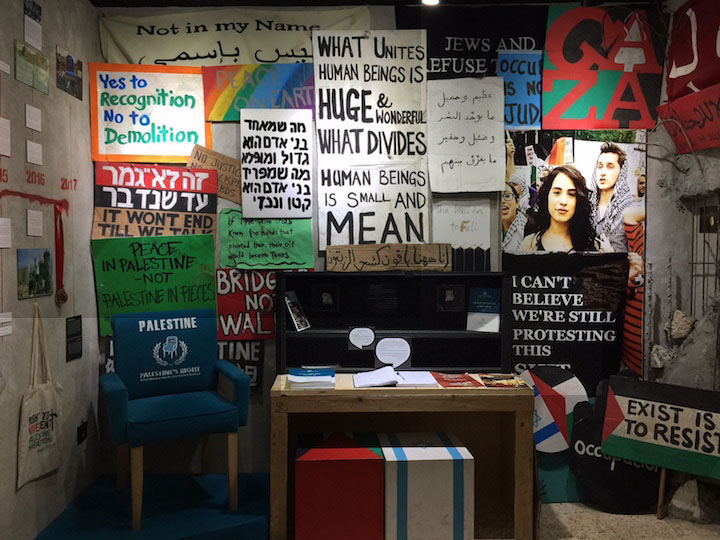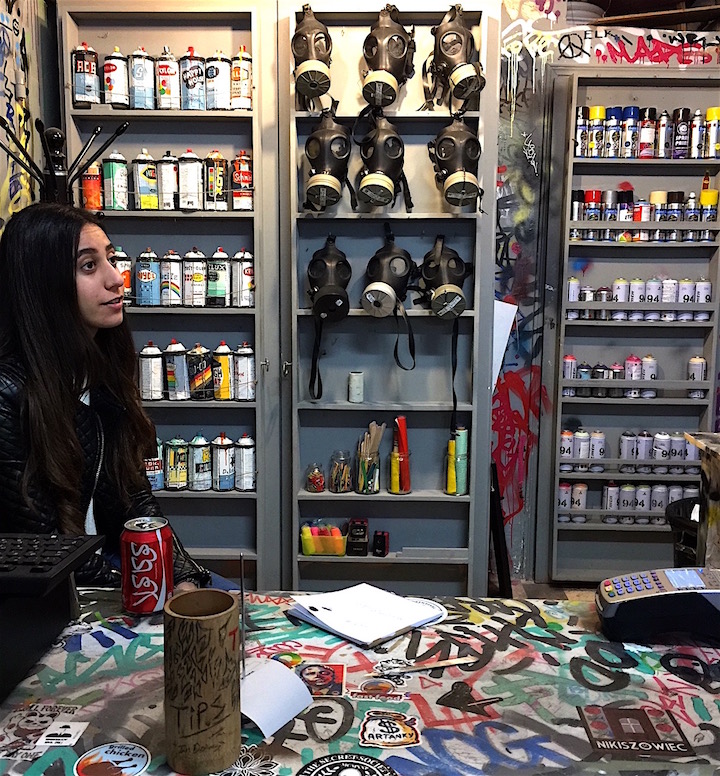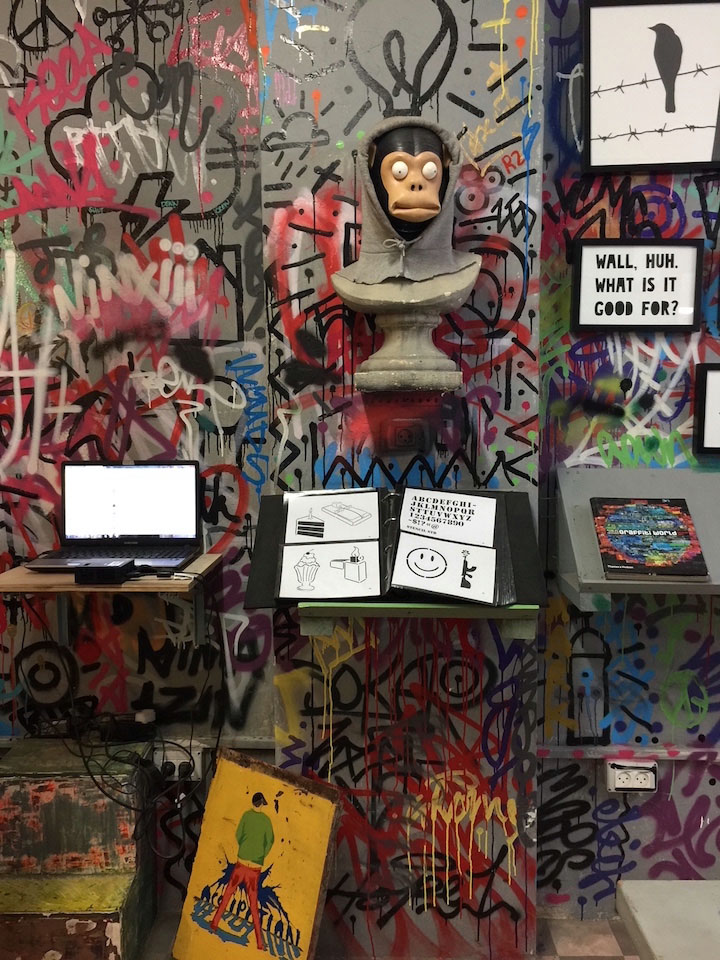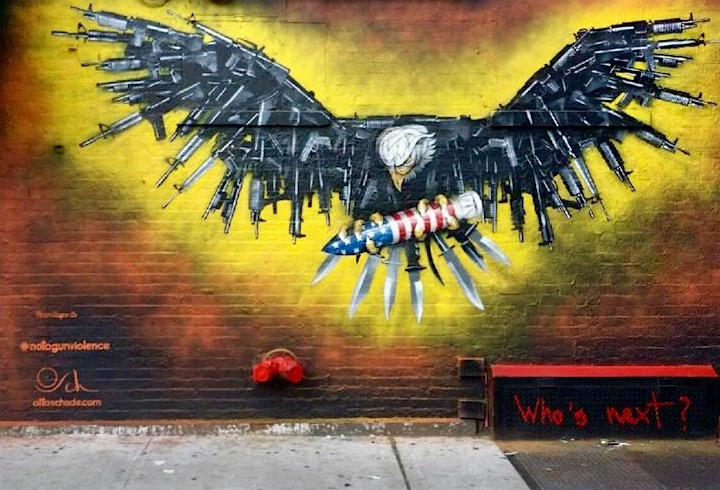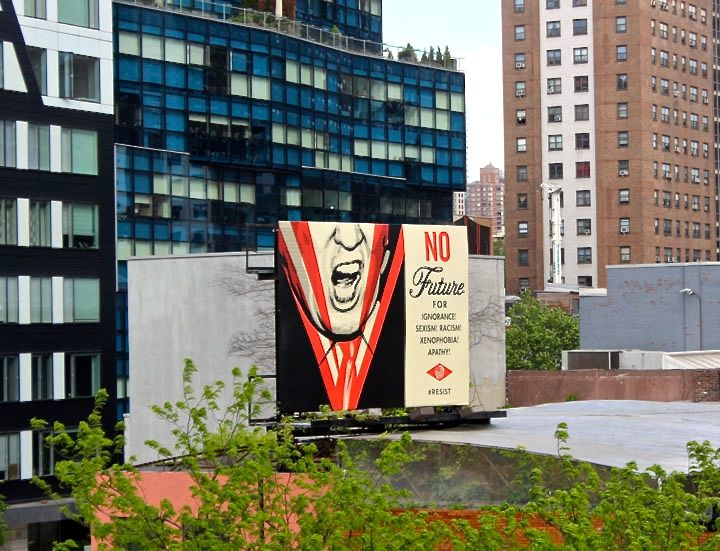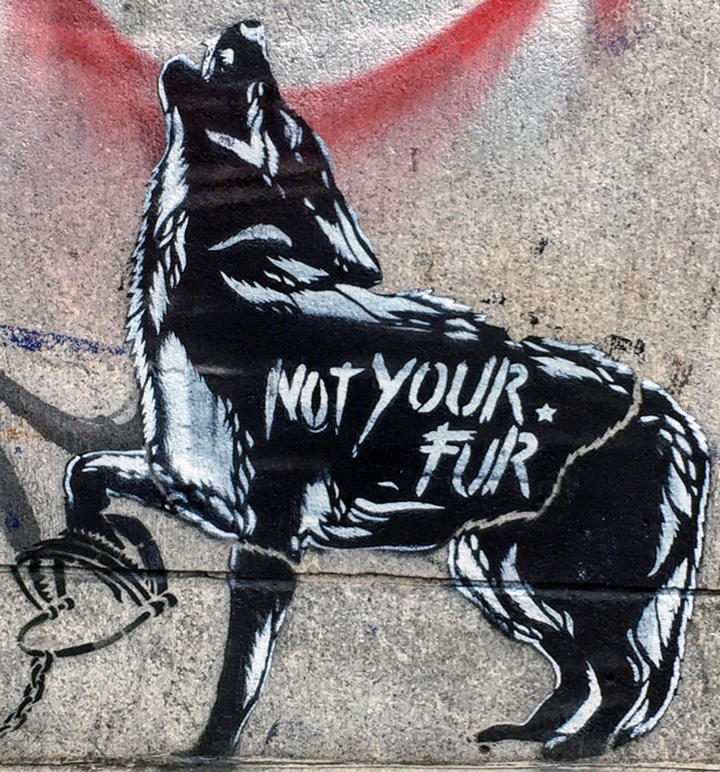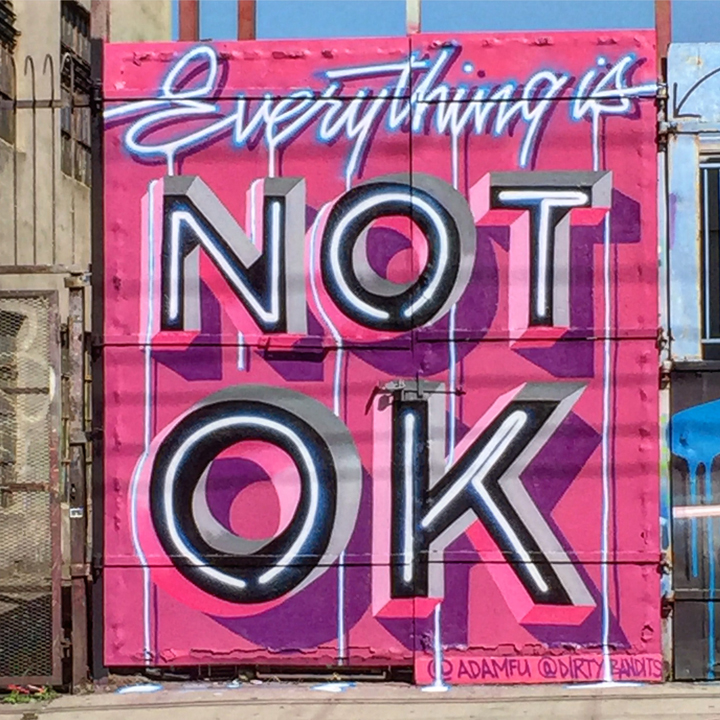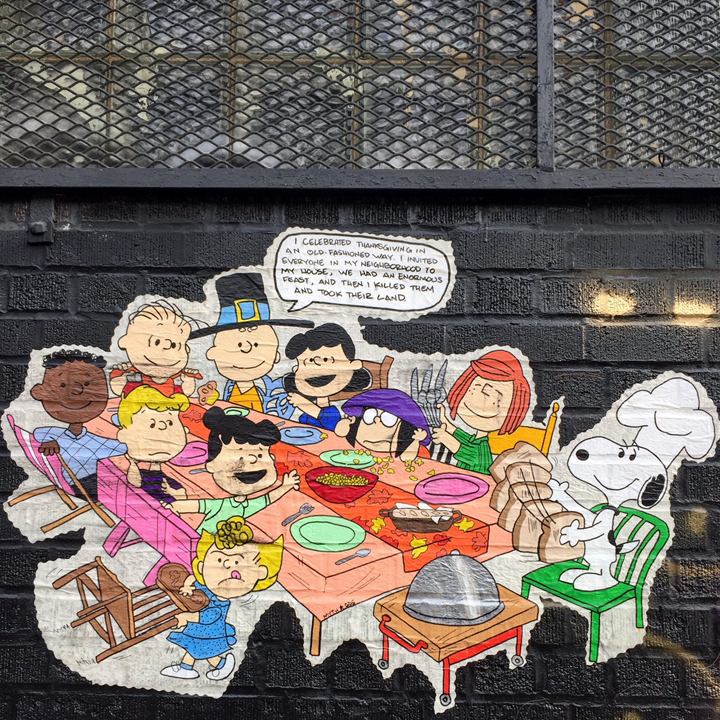
The following post is by Houda Lazrak:
While visiting Santiago, Chile in late December, I sat down with Santiago-based architect and street art/graffiti expert Sebastián Cuevas Vergara. We met a few blocks from one of Santiago’s main urban landmarks, Plaza Baquedano, now known as Plaza de la Dignidad or Dignity Square — the main site of Chile’s protests against social inequality that erupted last October following a hike in subway fares.
Every Friday afternoon, thousands gather in Plaza de la Dignidad to express their frustration with the high cost of living, rising rents, government corruption and an unsustainable social welfare system. The walls in the vicinity are plastered with protest posters, tags, graffiti, wheatpastes and other varied urban interventions.
Sebastián shared some of his thoughts and observations about the current state of public space in Santiago:
So much has changed here since I last visited Chile in 2013. What are you up to at the moment?
I am currently teaching a street art class at the Faculty of Architecture and Urbanism at the University of Chile. This a particularly pertinent moment to be talking about people’s relation to public space in view of all the street art that has surfaced since the social crisis started.
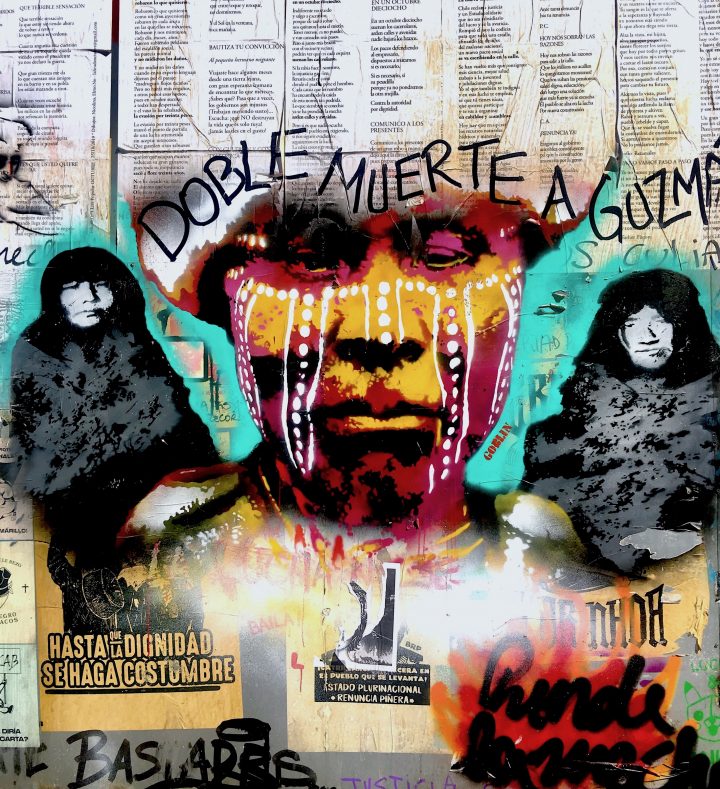
Yes, it does seem extremely relevant.
I have a thesis: Santiago is the city with the most diverse graffiti in the world at the moment. There is poetic graffiti, urban graffiti, feminist graffiti, political graffiti…
And so many posters too!
The languages of the streets are changing. When the protests started, designers started making posters: a simple, straightforward, immediate response. Posters and graphics have been part of Chilean identity since the 1970s, so this was quickly picked up again.
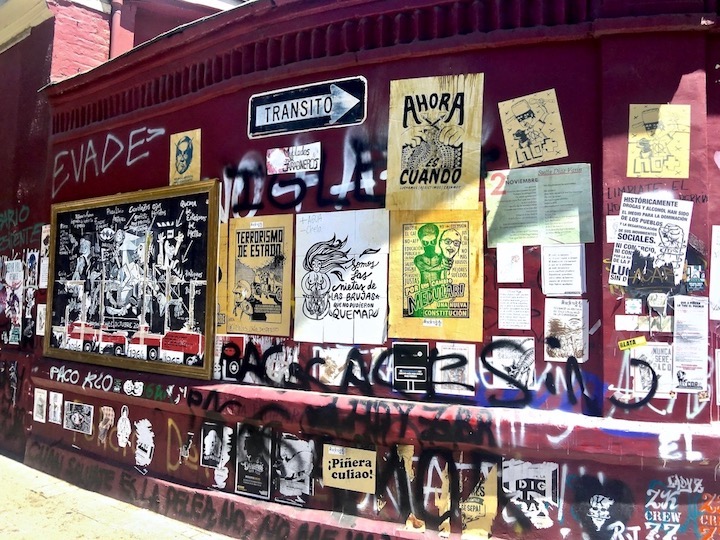
Is this happening mainly in the city center?
It is concentrated in the center of the city. This is where it has the most significance, near ‘zona cero’ where the protests surface every Friday.
How have the graffiti and street art changed in Santiago since the social revolution erupted?
There are several changes. First, many artists are no longer signing their works. The personal nature of graffiti is not of essence now. Artists are, instead, giving their art to the movement. This is particularly interesting, because the graffiti scene in Santiago is very competitive. Second, works are much larger in scale because artists are collaborating. Third, performance art is integrated into the protests and with the graffiti and street art. Finally, feminist street art is now at the forefront. The work of groups like the Chilean feminist collective LASTESIS has gone viral.
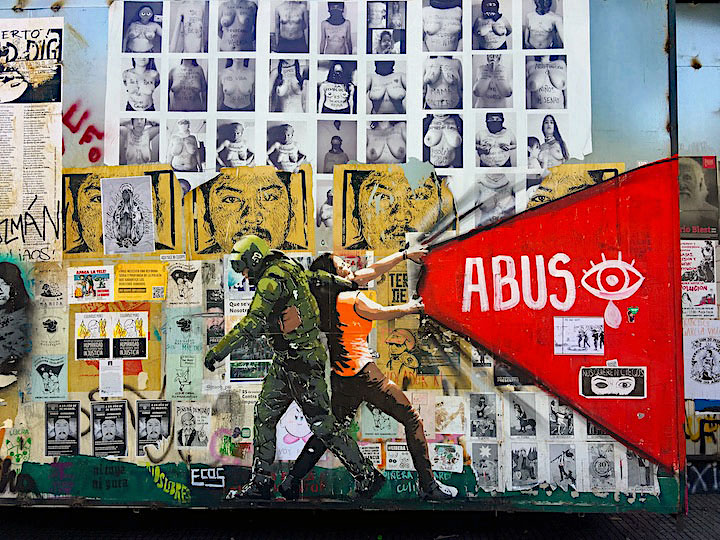
How might what is happening now affect the future of public space in Chile?
The significance of the writing on the walls is now taken more seriously. The city is now asking,” Do we erase the graffiti or maintain it?”
People in Chile didn’t really understand that public space belongs to them — rather than to the police and to the politicians. Now it has been returned, and they are occupying it. There were more than one million people protesting. One way to occupy this space is through graffiti. On the first two days of the revolution, everyone was doing graffiti everywhere. And many building owners were saying, “We want to maintain the graffiti to show our support to this social movement.” Owners now have the choice of whether to keep the graffiti or not. In the past, the municipality would have automatically erased it. It’s a huge change.
Since the military dictatorship that emerged in the 1970’s, public space has been restricted and surveilled. This is now changing. All these expressions are now happening in Chilean public spaces, even if the police tries to stop them.
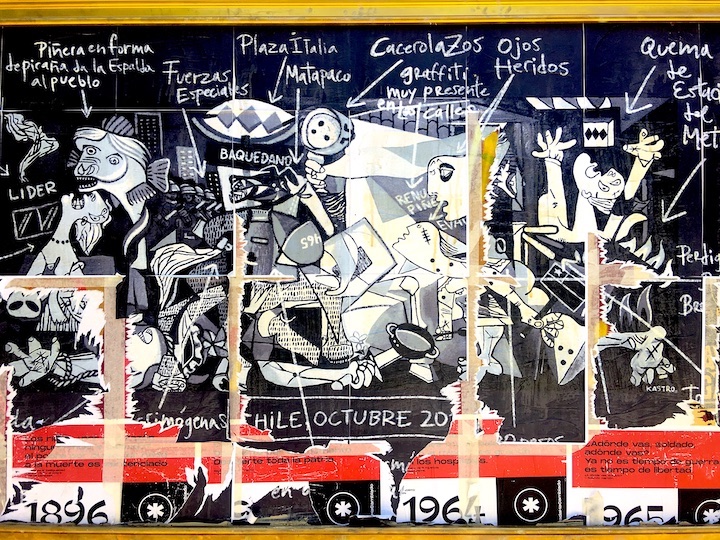
Has what is happening here impacted the mainstream art establishment?
There is less trust in art institutions, because change is happening outdoors. The art that people want to see is now happening outside of museums.
Are there some works that have surfaced on the streets that are particularly prevalent?
Matapaco, the dog who became a symbol of Chilean revolutions. He was a stray dog that marched with protestors and defended them against police forces. Lots of images of him are appearing in the street. People in Santiago are also putting bandanas on their dogs in solidarity. There is also Museo de la Dignidad, a group that is installing golden frames around what they think are there best street art works made in direct response to the social situation.
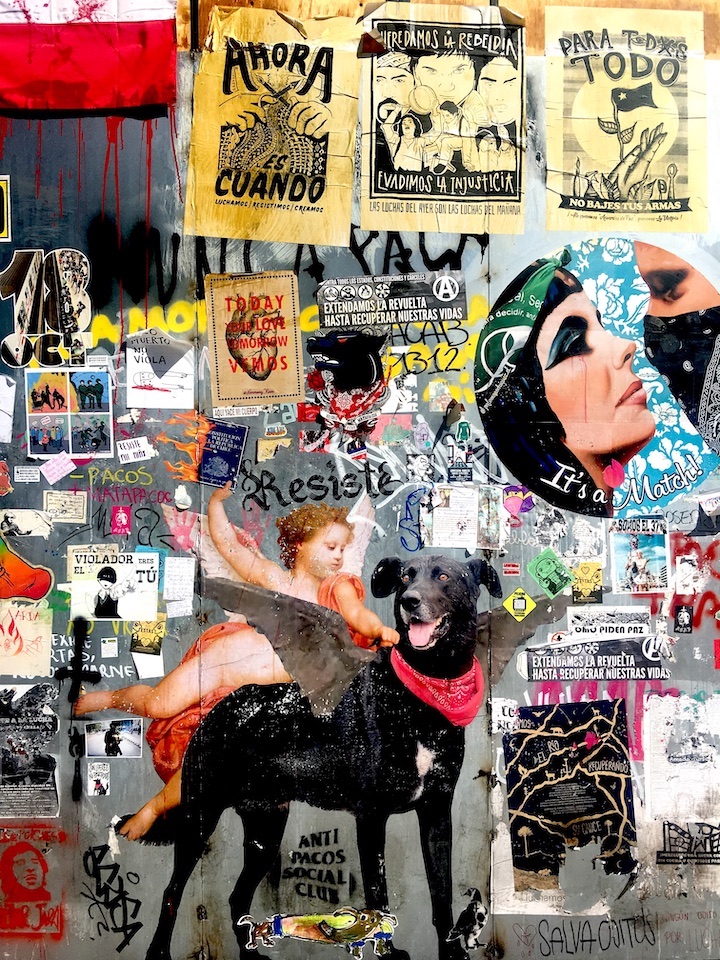
Did you participate in the protests?
I created an intervention, LibreCircular, in Plaza Italia, where the main protests occurred. I collaborated with artists to paint a large circle on the ground that represents the right to circulate in the city.
To me, the most important value of public place is free circulation and people’s right to it. The Chilean government took this away from us when they imposed a curfew in Santiago last October. This intervention was a response to it.
How did people react to this particular intervention?
People’s interaction with the piece was super interesting. Some sat down to take photographs right in its center; cyclists held a night protest where they rode on the circumference of the circle over and over again; and protestors also started a fire in it.
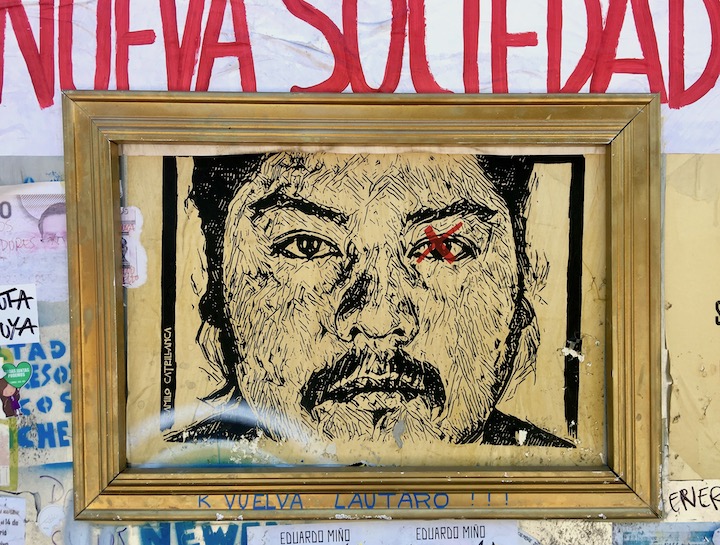
What are some of your thoughts on the current state of affairs?
Well, there are a lot of social issues in Chile. There is no affordable healthcare or education, and things blew up.
This moment is political, but also cultural. People are trying to appropriate cultural powers. With new generations and new ideas, Chile has woken up. And artists are now playing a political role.
Sources like television and newspapers are no longer trusted, because they represent the state’s agenda. The agenda of the streets, the public’s agenda, is written on the city’s walls, and on Instagram. Hopefully, a new constitution will be written in the next months. I believe that the ideas that appear in the graffiti of Chile’s streets should be considered in the writing of the constitution. Values are created in the streets, and graffiti is a participatory process that reflects these values. One of the most important values that came out of these protests is dignity.
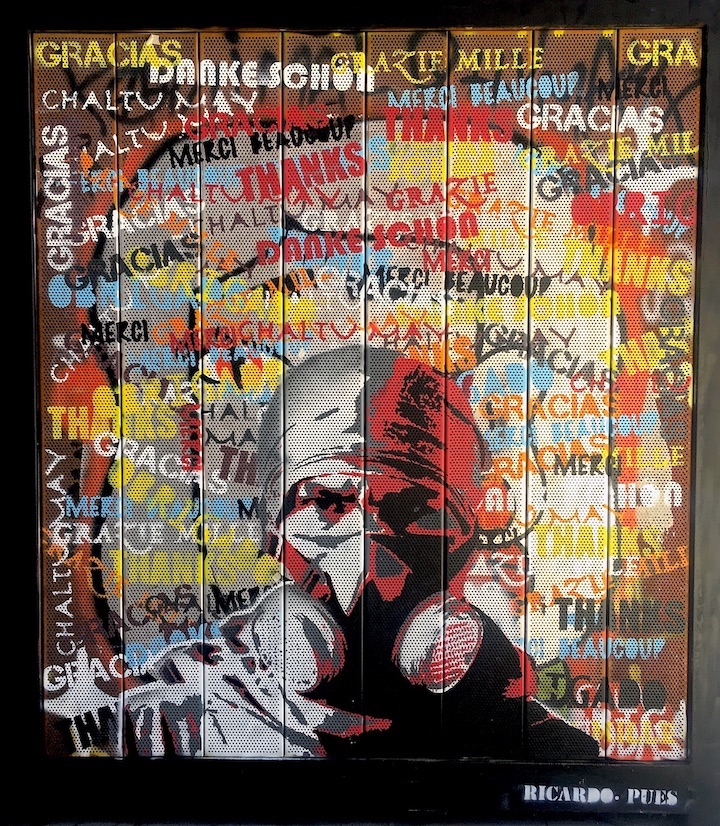
Have you any ideas on what the impact of this social revolution may be?
It is hard to tell what the dimension will be, or if real change will happen. But it is definitely the start of a historical process.
Thanks for speaking with us, Sebastian. We’ll be following Chilean news in the next months from New York!
Images
1 Photographer Bastián Cifuentes Araya‘s documentation of Chilean protestors’ head gear for the project: “Por qué nos encapuchamos” / “Why we get hooded.” The gear protects them from tear gas, and makes a political and artistic statement.
2 Valparaiso-based stencil artist Mauro Goblin
3 Varied political graffiti in the historical, artsy Lastarria neighborhood in central Santiago
4 Varied political graffiti
5 Multidisciplinary artist Miguel Ángel Kastro, Chile, Octubre 2019
6 Varied political graffiti — featuring Matapaco, a stray dog that accompanied Chilean activists during protests, and is now a symbol of the current social revolution
7 Serigrafía Instantánea, portrait of Camilo Catrillanca, the grandson of a Mapuche indigenous leader, shot in the back of the head by government armed forces in November 2018. Catrillanca’s image became emblematic of police brutality and crimes against Chilean civilians.
8 Ricardo Pues, Homage to the ‘primera linea’ protestors featuring “Thank you” in several languages to those who have been at the front lines of protests since the 2019 manifestations started
Interview with Sebastián Cuevas Vergara and photos by Houda Lazrak
{ 1 comment }
